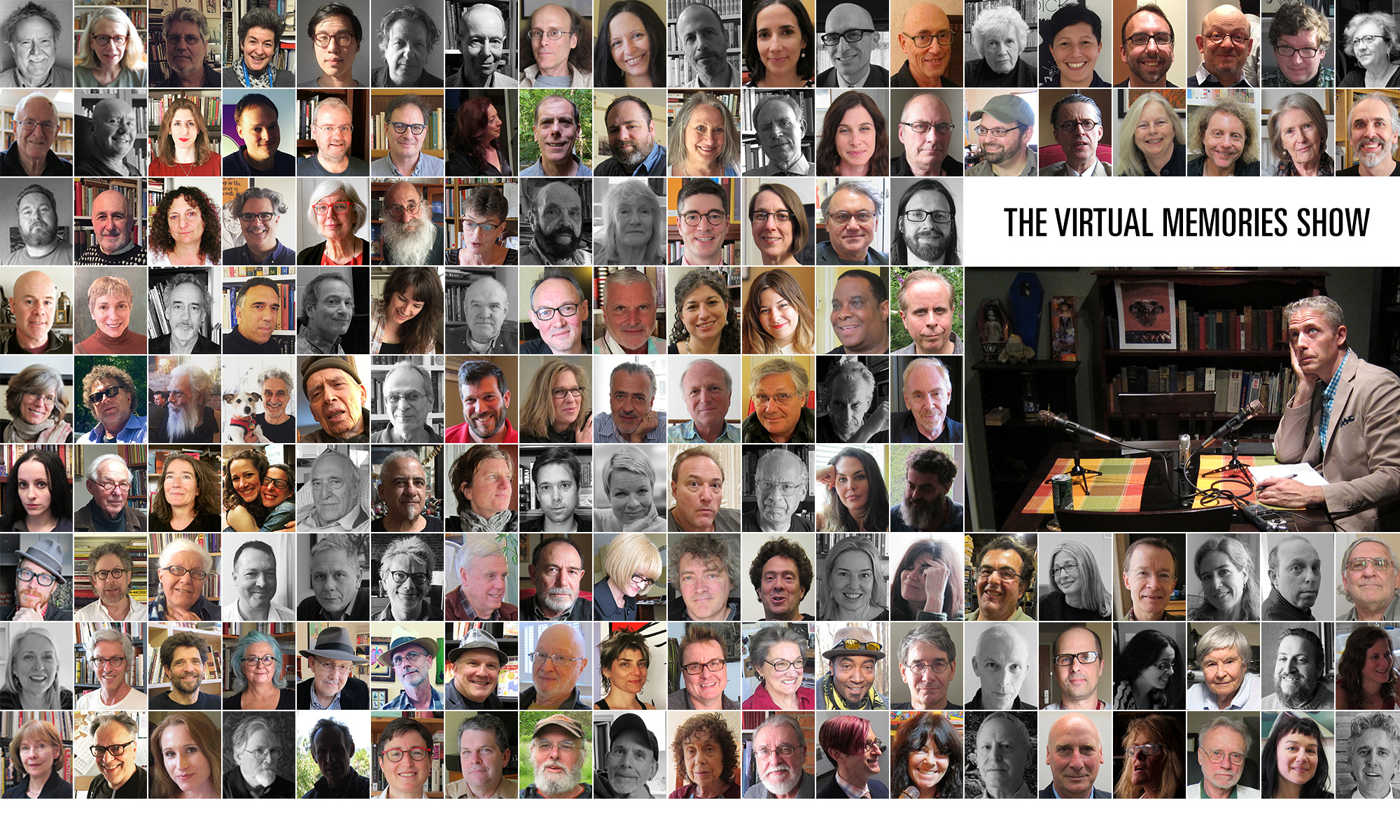Virtual Memories Show:
Yasmina Reza – Silence in Translation
Podcast: Play in new window | Download
Subscribe: Spotify | TuneIn | RSS | More
“When you write a novel with a classical structure, you’re writing horizontally. [In Happy Are The Happy, I can] speak as a character, and the character is also somewhere in the spirit of another. It allows you to see the characters in many ways that naturalism would not allow.”
 Playwright and author Yasmina Reza joins the show to talk about her new book, Happy are the Happy
Playwright and author Yasmina Reza joins the show to talk about her new book, Happy are the Happy (Other Press). We also discuss the confluence and divergence of love and happiness, her surprise when “Art” was produced in Iran and Afghanistan, the appeal of Sarkozy as a literary character, her love of The Wire, and why she let James Gandolfini transpose The God of Carnage from Paris to Brooklyn. We also get to talking about writing a novel like a constellation, being unapologetic for writing intelligent plays that are accessible, the playwrights in her theater pantheon, and why she’s French first, Jewish second, and nothing third. Give it a listen!

“A play is good if it can be seen in different cultures, in different languages, different actors. That’s the strength of a play. Just to be played in Paris would have been for me a kind of failure.”
Podcast: Play in new window | Download
Subscribe: Spotify | TuneIn | RSS | More
Enjoy the conversation! Then check out the archives for more great episodes! You might like:
Follow The Virtual Memories Show on iTunes, Twitter, Facebook, Tumblr, and RSS!
About our Guest
Yasmina Reza is a playwright and novelist whose works have been translated into more than 30 languages and include Art and God of Carnage, both winners of the Tony Award for Best Play. The film adaptation of the latter, Carnage, was directed by Roman Polanski in 2011. She has written six books, including Dawn Dusk or Night: A Year with Nicolas Sarkozy (Knopf, 2008). Her newest book is Happy are the Happy
. She lives in Paris.
Credits: This episode’s music is The Paris Match by Style Council. The conversation was recorded on a pair of Blue enCORE 200 microphones feeding into a Zoom H5
digital recorder. I recorded the intro and outro on a Blue Yeti USB Microphone
. Processing was done in Audacity and Logic Pro. Photo of Ms. Reza by Pascal Victor.

 Educator (and high school pal)
Educator (and high school pal) 

